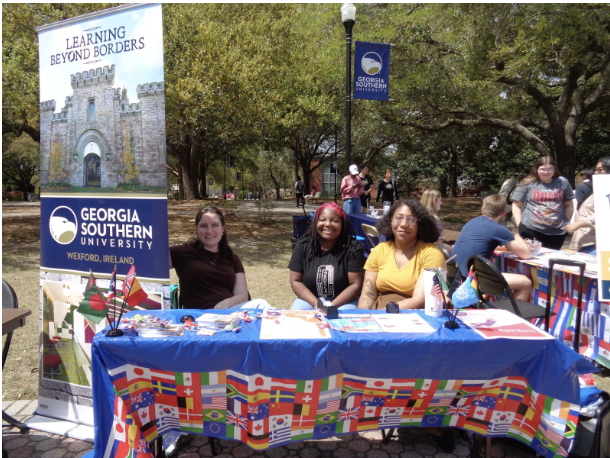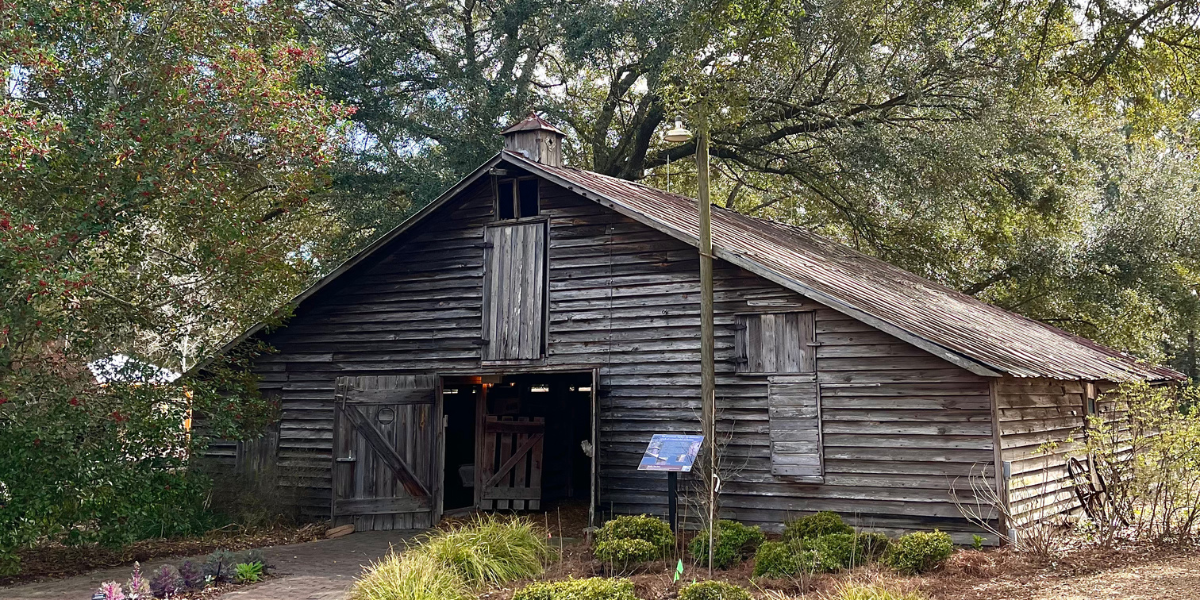Emily Smith, Editor in Chief

Artist and former Armstrong student Jocelyne Garcia is using a photography series as a platform to inform others of subjects’ lives as undocumented immigrants.
Darkroom prints on fiber based paper hold photos of former and current Armstrong students alongside items unique to their interests. Descriptions of each individual are displayed on top of the photos in their own personal handwriting explaining where they’re from, their ages, majors, hobbies and special facts about them.
Commonly known as “DREAMers,” these students qualify for the Deferred Action for Childhood Arrivals (DACA) policy started by the Obama administration in 2012. DACA allows certain immigrants who entered the country as minors to obtain a driver’s license, work permit, social security and to legally reside in the United States.
“I saw the need for the project, especially in our school and community,” Garcia said. “It was shocking to see how many students—even staff—that didn’t know about DACA.”
President Donald Trump had ridiculed DACA as an “unconstitutional executive amnesty” in a speech in August but has equivocated since taking office. At a news conference last month, Trump called the program “one of the most difficult subjects I have” and pledged to “show great heart” toward those enrolled in DACA.
But the uncertainty has many students unsure of their future.
“I believe the project was important because this is an ongoing issue that affects all communities. By bringing awareness to these immigrant students, we hope that other students gain insight to the problems with the immigration system,” senior history major Chris De Jesus said. “No Human Being is “illegal” and at Armstrong, we have been welcomed and have been treated as human beings and as students regardless of our legal status.”
The Savannah Undocumented Youth Alliance (SUYA) further propelled Garcia’s photo series through social media using the hashtags #EducationIsAHumanRight and #NoPirateIsIllegal.
But the series is not a direct protest. Garcia’s purpose in her work is to inform people of the reality of what others in their community face. She explained that without DACA, there will be even more obstacles for a successful future.
“I want people to get informed, to ask questions, to open their eyes and see what is really going on in the world,” Garcia said. “A picture is worth a thousand words. These photos are a part of each student and each student has their own story. Everyone deserves to have a voice.”






